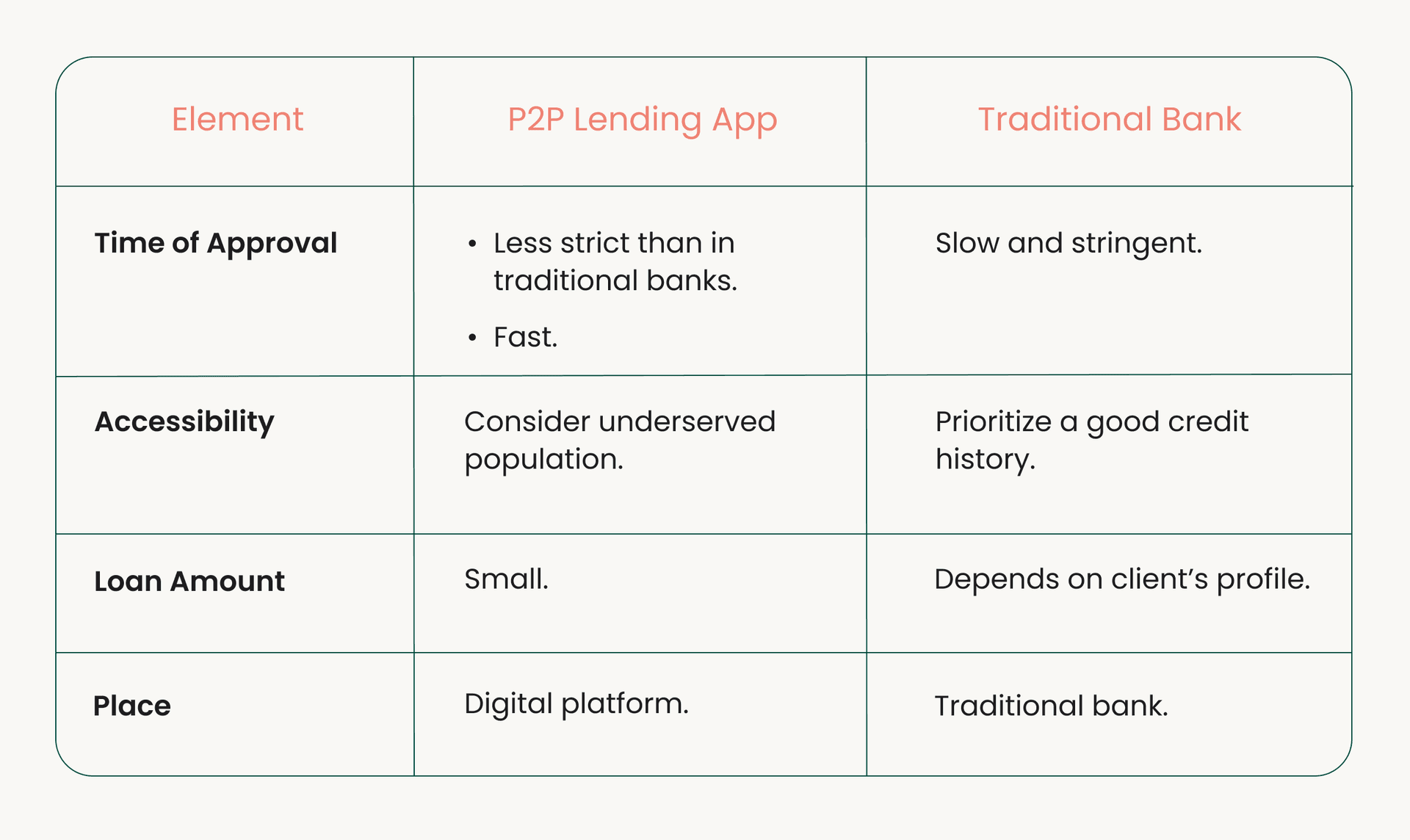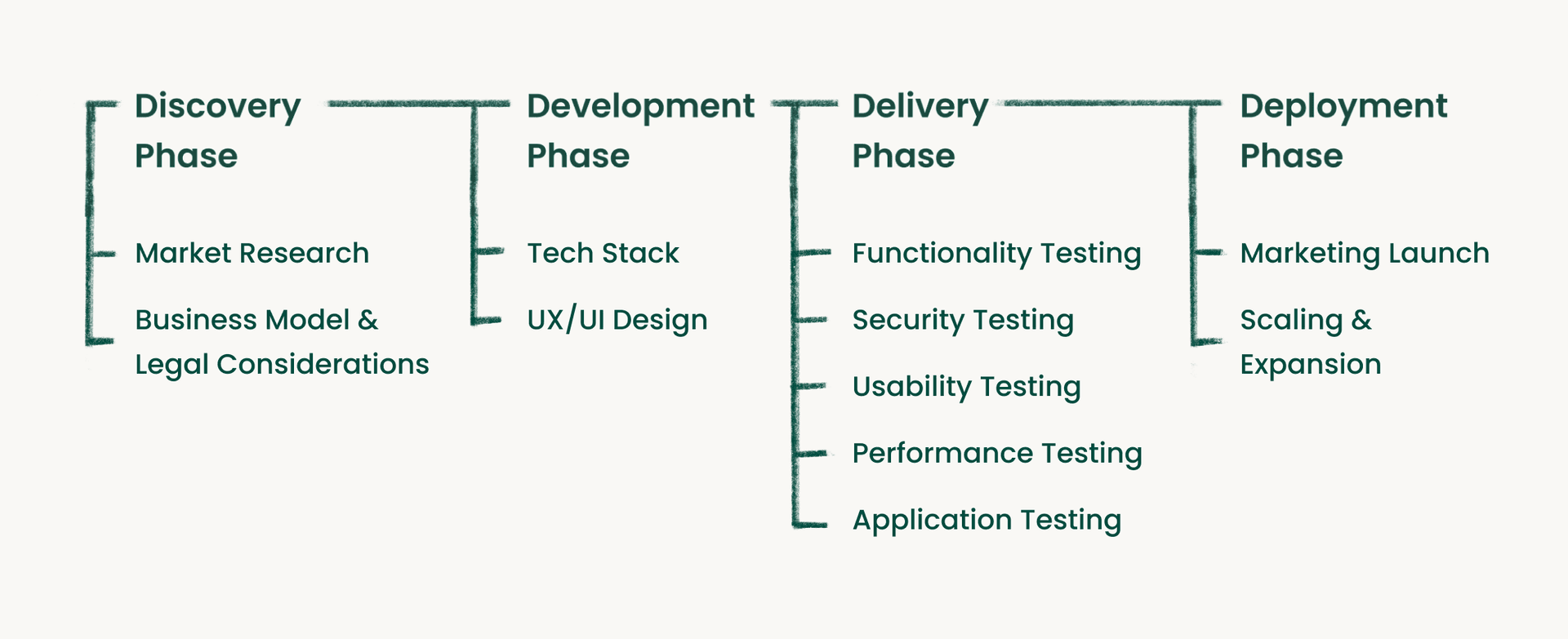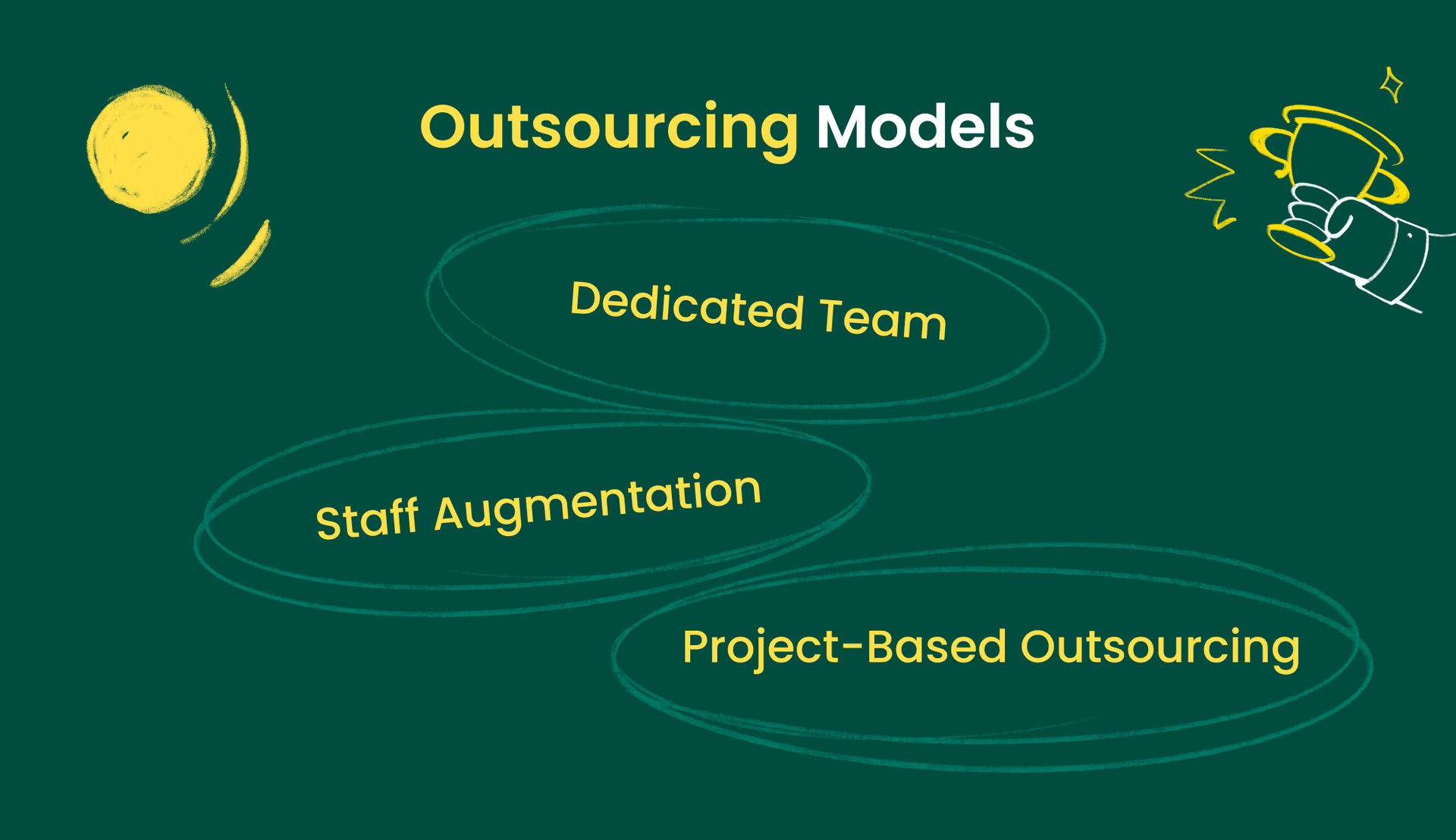A peer-to-peer (P2P) lending app is a fintech innovation that embraces the market due to the alleviated access to loans and convenience in their payment. Unlike traditional banks, obtaining a loan from a P2P lending platform is faster and has no tough restrictions on the borrower’s credit history, which makes it attractive for the users. In this guide, we are going to discuss in details this concept and six steps on how to start a peer to peer lending company.
-
A peer-to-peer lending app revolutionizes lending business due to its lower interest rates for the borrowers and higher returns to the investors.
-
P2P is an effective alternative to traditional banking as its loan approval procedure takes less time and is less demanding in terms of credit history.
-
Emphasis on security is a must for the P2P lending app to ensure the correct identity verification and avoid money laundering.
Understanding P2P Lending Platforms
If you need urgent financial assistance - just request for an online loan from a lending application. But what is actually a P2P lending platform and how does it differ from traditional banking? Let’s find out!
What Is a P2P Lending Platform?
Peer-to-peer (P2P) lending platform represents a digital solution for the borrowers to receive financial input, excluding the necessity to attend the traditional bank. P2P affects lenders considerably by providing them with a finer return on their cash savings.
The principle of P2P lending app work is as follows. The lender creates an account by depositing finances to capitalize their loans. From the borrower’s perspective, by activating their profiles, they are assigned the risk category and an interest rate they will have to pay to be able to borrow. Creditworthiness will determine the client’s interest rate.
When receiving a loan offers, the borrower can pick one. The P2P lending platform handles the key operations like receiving borrowed funds and monthly loan payments to lenders, showing its maximized convenience and effectiveness in financial transactions.
Traditional Banks VS Lending Platforms
Although both P2P lending platforms and traditional banks can solve the client’s request to borrow and fulfill the investor’s intention to lend and get a return, they are different in representation of their elements.
P2P Lending App vs. Traditional Bank: Basic Elements

P2P Lending App vs. Traditional Bank: Specialized Elements

Key Features of a P2P Lending App
The features of the peer-to-peer lending applications are divided into three categories: the borrower’s features, the lender’s features, and the admin features. Let’s discuss the main elements of each category.

Borrower Features
Borrower features represent the elements of peer-to-peer lending application that are efficient for managing the client’s (borrowers) loan interaction.
-
Document Scanner
A document scanner is a borrower’s P2P lending app feature that enables the client to digitize their documents required for loan-taking procedure. This element helps the borrower to convert their papers into PDF files, while the document types can represent utility bills and identification documents.
-
Credit Score Integration
The feature of the credit score integration attaches the borrower’s credit history to determine their overall creditworthiness and analyze their interest rate.
-
Loan Origination
Loan origination is the process of creating a loan between the lender and borrower within the online platform.
-
Loan Calculator
Loan calculator represents a digital tool, which aims to help borrowers and lenders calculate the elements of loans, like monthly payments and amortization schedules.
-
Auto-Payment
The auto-payment feature promotes automatic repayments in terms of the determined schedule. The convenient feature of the auto-payment is the borrower's ability to refuse auto-payment and set their payment dates in accordance with their income dates.
-
Dashboard
The dashboard is the P2P lending app element that enables the borrowers to manage their lending-relevant activities, like an overview of the account.
Investor Features
Investor features represent the digital elements of a peer-to-peer lending platform that assist lenders in managing and operating their investment opportunities.
-
Loan Portfolio Management
Loan portfolio management is beneficial for the lender to preserve the account's safety, profitability, and mitigate risks effectively. The analyzed feature correlates with risk management because the lender analyzes their overall account to evaluate the potential risks of their loan portfolio and to ensure that their risk profile is balanced.
-
Loan Search
Loan search is the feature that enables the lender to find investment-relevant opportunities regarding the loan requests, like loan duration and risk level.
-
Semi-Automated Investment
The benefit of partial automation enables the lenders to set the investment criteria like loan grade and loan term, the system will search for the opportunities that match with those criteria, and then, the lender can review the findings and manually adjust the investment per wish.
Admin Features
Admin features represent the elements that help administrators ensure P2P lending platform’s functionality.
-
User Management
Controlling user accounts on the platforms is a key definition of the user management feature of P2P lending apps. The administrators can verify the identity of the new clients and actively monitor online client behavior.
-
CRM
CRM or Customer Relationship Management stands for the features that enable admins to provide and maintain the contact between the lender and borrower. CRM includes means of communication (systems of messaging) and analytics regarding the analysis and report of the client behavior, etc.
-
Loan Management
Administrators can trace and check various aspects of loans, like adjusting interest rates and monitoring loan status, which defines the loan management feature of the P2P lending app.
-
Finance Management
Admins can apply various tools like financial dashboards and audit trials to analyze the key metrics and monitor the borrower’s and lender’s actions, as well as tracking transactions.
-
Platform Analytics
Administrators can monitor the functionality of the landing platform performance, which defines the platform analytics. Its sub-elements present managing overall financial flows and information about transactions.
Steps to Build a P2P Lending App
When deciding to create a P2P lending app from scratch, it is essential to take into account the components of market research, business model & legal considerations, tech stack, UX/UI, launch & marketing, and scaling to make the product recognizable. Each of these elements are categorized into the following phases of product development: Discovery, Development, Delivery, and Deployment to make a smooth transition from idea validation to the final P2P lending app market delivery.

Discovery Phase
The discovery stage is the primary “look-around” of the further P2P lending platform development as it consists of two steps: market research and analysis of business model & legal considerations.
The discovery phase contains the element of idea validation, which implies goal-setting about the application, its expected features and marketing search on the key competitors, and the P2P app’s unique features.
The next element is a wireframe design, which serves as a preparation for the intuitive user journey. Wireframe design includes the elements of the app’s layout and visual prototype.
Step 1: Market Research
Within the existing solutions like gamification and AI-driven credit scoring algorithms, the demands for peer-to-peer lending technology raise as it provides access to affordable (lower-cost) loans and fulfill the intention to obtain higher returns on investments as compared to the traditional banking, representing its unique value proposition, like alleviated process of loan reception.
Step 2: Business Model and Legal Considerations
Peer-to-peer lending technology represents the decentralized business model as the involved parties of borrowers and lenders interact directly with each other without the involvement of the third party. AML legal requirement (Anti-Money Laundering) matters for P2P lending apps, as they are obliged to prevent any transaction-relevant suspicious activities through transaction monitoring and customer due diligence (currently verified identity).
Development Phase
The development phase includes crafting a full-featured P2P lending platform that comprises elements of credit scoring algorithms, loan management, payment process, and a security layer, such as authentication. The identified phase is based on the technology stack (server side and client side) and UX/UI design.
Step 3: Technology Stack
As a layered architectural solution, developing a P2P lending platform will comprise multiple microservices to resolve specialized tasks from security and performance, and approach modernity perspectives.
Server Side
As an advanced framework, NestJS is applied to build a server-side part of the overall project system that by utilizing the contemporary programming language of TypeScript promotes the development of applications that can effectively function in the Node.js environment.
Additionally, the architectural elements like the Go language-based microservices can maintain the high-performance system nodes. The RabbitMQ queue manager organizes the interdependence between the system’s separate components. Finally, the fast platform’s deployment is possible due to Docker/Docker Compose and container orchestration systems.
Client Side
The client side of the P2P lending app development focuses on ensuring maximized security and UX/UI design effectiveness.
-
To fulfill those purposes, the development team applies Kotlin and Swift. These languages matter because by crafting native Android/iOS applications, the product will reach the highest level of performance and UX.
-
Applying ReactNative, NativeScript, or Flutter can benefit the development team in developing cross-platform solutions, which benefits include cost-effectiveness and simultaneous development of 2-3 platforms.
Step 4: Design and User Experience
Intuitive design and seamless user experience are core elements to make P2P lending app’s functionality smooth, efficient, and attractive for the users.
User-friendly Interface
Easy navigation and access to the required information about loan status are the core elements required to minimize the client’s time and efforts spent on performing the actions.
Personalized Overboard
Access to a customizable overview can increase the app’s attraction when the client reviews their lending actions and investments.
Balanced Security and User Convenience
The presented factor of UX/UI design implies that the security measures like 2FA applied to identity authentication must not breach the smooth operability of the application, which implies the balance of security effectiveness and non-interrupted speed of the inter-app user actions.
Design Responsiveness
Design responsiveness implies that the app functions correctly by preserving its effective navigation functions on multiple screen sizes (smartphones, tablets, computers).
Transparency in Fee Structure
The implementation of the fee structure can favor the P2P app’s recognition and customer loyalty in the following way. By mentioning the costs of lending/borrowing, the fee structure enhances the overall product credibility. Simultaneously, the breakdown of charges and relevant fees can assist the fee structure in enhancing the audience’s loyalty to the application.
Delivery Phase
The delivery phase relates to the testing procedures required to check the efficiency of the P2P lending app’s functionality.
Functionality testing is required to check whether the application works as intended and whether it correctly reflects all the tech features’ functionality.
Security testing matters to check whether the application can guarantee the user’s data protection from a technical standpoint and whether it complies with regulations like AML.
Usability testing is applied to check the extent of UX/UI design, whether the app runs smoothly in terms of its navigation, and whether it is eye-catching and attractive to users.
Performance testing aims to check whether a P2P lending app can function under pressure conditions, like peak load. This testing procedure matters to check whether the app will not lag under pressure from technical and security standpoints.
Among the modern tools that allow to carry out all the delivery processes could be named the next ones.Cypress, Playwright for providing testing procedures. SonarCube or Aqua Security Trivy can be applied for the quality of code and security analysis. Sentry and Zabbix will ensure the effectiveness of system monitoring.
Deployment Phase
The deployment stage implies the practical launch of the P2P lending app on the market, monitoring its effective functionality, and analyzing its scaling and expansion. If some errors occur, the development team works to eliminate them, emphasizing the element of the app’s maintenance and support. Finally, the deployment phase incorporates product updates to inform the audience about product evolution.

Step 5: Marketing and Launch
Strategies for the effective marketing & launch of a P2P lending app include SEO optimization to make the product visible on the Internet via keywords and Social Media Marketing for promoting it in social media apps like Instagram and LinkedIn to stimulate brand awareness through engaging storytelling or content presentation (video, images).
Step 6: Scaling and Expansion
Scaling and expansion of the application in the market are the core elements to maintain its visibility and generate a demand.
Developing the analyzed app type might cost a fortune, especially if there is a strong accent on product diversification and a boost of its competitive advantage. Why not consider outsourcing as an alternative for crafting the P2P lending application from scratch?
In general, outsourcing is a model of collaboration in which the company can either hire a full team of developers or integrate one lacking specialist into the in-office team. There are multiple outsourcing models, nevertheless, the three worth mentioning are dedicated team, staff augmentation, and project-based outsourcing.

Dedicated Team Outsourcing
The dedicated team outsourcing model implies integrating a full team of developers (front-end, back-end developers, UX/UI designers, etc.) to manage the development of the app from scratch. This model mostly suits long-term projects as the team is flexible and adaptable to the changing requirements, aiming to boost performance and economize the budget and overall time spent on the development by preserving the product quality.
Staff Augmentation
The staff augmentation model of outsourcing can benefit P2P lending app development as by integrating one or a few niche specialists the organization can ensure separate but simultaneous cooperation between the in-office workers and the third-party specialists. When the in-house team focuses on its major tasks like product development, the narrowly specialized outsourcing members can expand on the functions of its elements. This cooperation results in boosting productivity, accelerating the development time, and diversifying the product, winning the competitive advantage.
Project-Based Outsourcing
Project-based outsourcing is a suitable option for long-term collaboration due to the hired team’s focus on timeline and deliverables. If managers aim to optimize resource allocation this model of outsourcing will suit perfectly.
 Find out more about outsourcing models and benefits in our article.
Find out more about outsourcing models and benefits in our article.
Hence, the aforementioned models of outsourcing can benefit the development of P2P lending app considerably due to their flexibility, adaptability, and cost and time-effective resource and time management.
Conclusion
The peer-to-peer lending app represents a high market demand considering the loan’s accessibility and minimized interest rates. In this guide, we discussed its core phases and elements by underlining the importance of its regulatory compliance, effective tech functionality, and intuitive user design, and presented outsourcing models to visualize how to create a lending app and make the development cost-effective. Agilie can assist you in developing one, the models of outsourcing we work at can be an effective addition to your in-house team or a decent fulfillment of your IT team.
 Don’t hesitate to contact us to get your P2P lending app done uniquely and effectively.
Don’t hesitate to contact us to get your P2P lending app done uniquely and effectively.